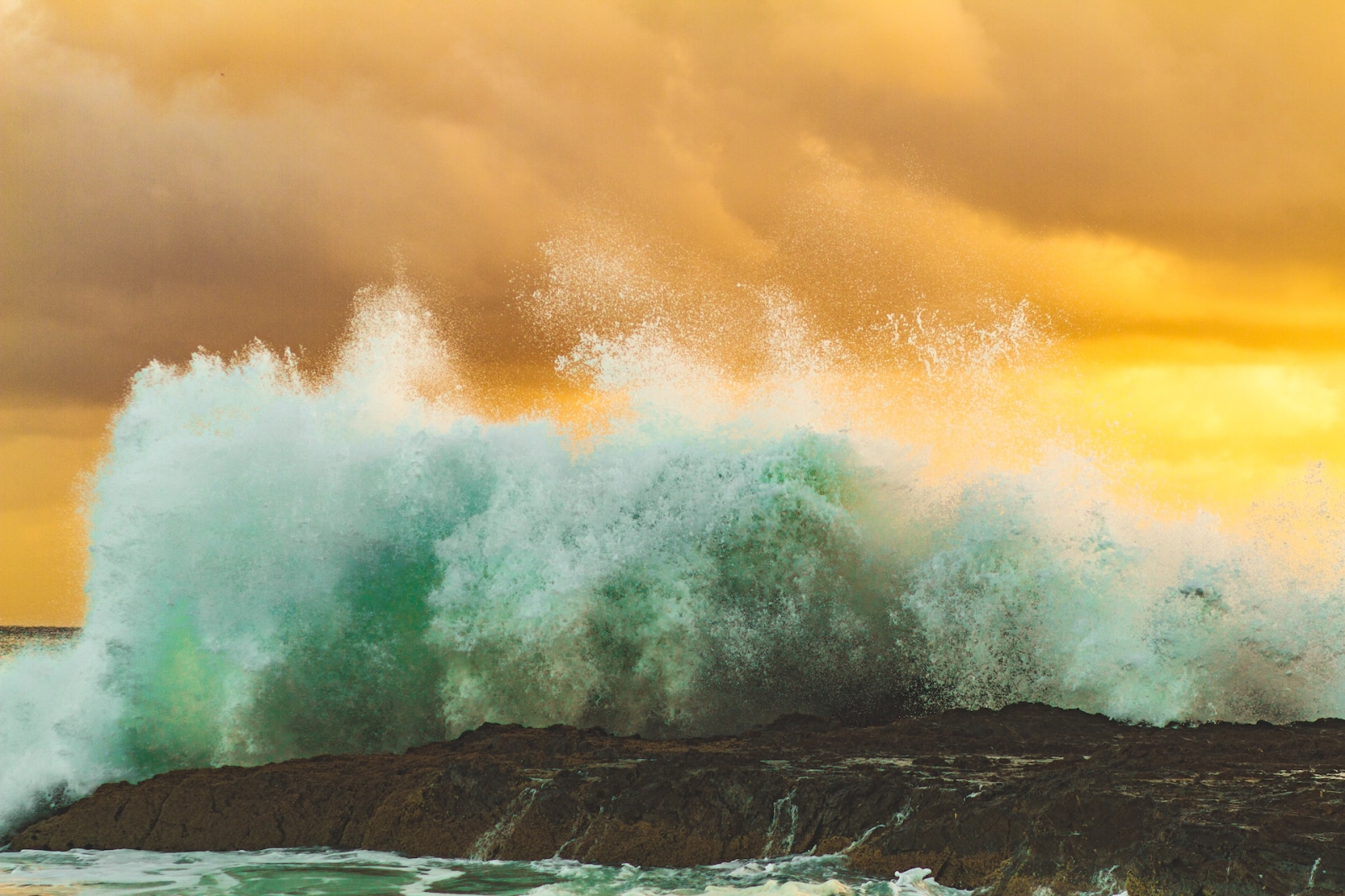The sea is a natural resource with which we have increasingly lost contact over time.
Yet, 50% of what we breathe comes from the sea and is produced by the marine organisms that inhabit it. The ocean represents 90% of the biosphere, covers 71% of the Earth’s surface, absorbs 50% of greenhouse gases and carbon dioxide emissions, and captures much of the heat emitted by the atmosphere.
By contrast, only 5% of the seabed has been explored and only 7% is preserved through marine reserves and protected areas. Too little, if we consider that the estimated market value of marine and coastal resources and industries is about 5% of global GDP, with more than 3 billion people relying on marine and coastal biodiversity for their livelihoods. Of these, 1.2 billion people live exclusively on marine resources. Fishing and aquaculture provide income to more than 58 million workers worldwide, contributing to 1/3 of the protein intake in our diet. A number that is set to grow to 50%. According to FAO, per capita fish consumption should rise to 21.5 kg in 2030, sparking a reflection on how to use this resource circularly and regeneratively.
The effects of the destruction of marine and coastal habitats – where 70% of fish populations are overexploited – are becoming clearer and clearer, with known species migrating or disappearing altogether. According to estimates, marine environments are currently inhabited by 200,000 known species, while at least one million are yet to be discovered.
All the sea issues originate on land
The culture of sustainability in the marine economy must be nurtured on a daily basis, because every action we take, even far from the coast, has an impact on the sea; from the use of agricultural pesticides to the dispersion of plastic particles in the environment. Particles that we then ingest through food, since marine organisms assimilate it, amassing it in their tissues. All the sea issues originate on land. The effects of pollution influence the climate balance by reducing CO2 absorption capacity and the deoxygenation of water; they also influence the increase in sea temperature and its degree of acidity, the alteration of ecosystems and local species, and the melting of Arctic glaciers and permafrost – which makes sea levels rise and intensifies extreme phenomena.
We depend on a sea that we do not know, respect and protect nearly enough. Instead of trying to manage our economic impact without compromising our relationship with such a valuable supplier of raw material, energy, and information, we have turned this resource into a dump. This issue of Renewable Matter explores topics, skills and solutions that will need to be implemented in the coming years, on the wave of a much needed enthusiasm, to avoid drowning in a sea of waste.
Image: Jordan Donaldson (Unsplash)
Download and read issue #45 of Renewable Matter on the ocean an the blue economy.




